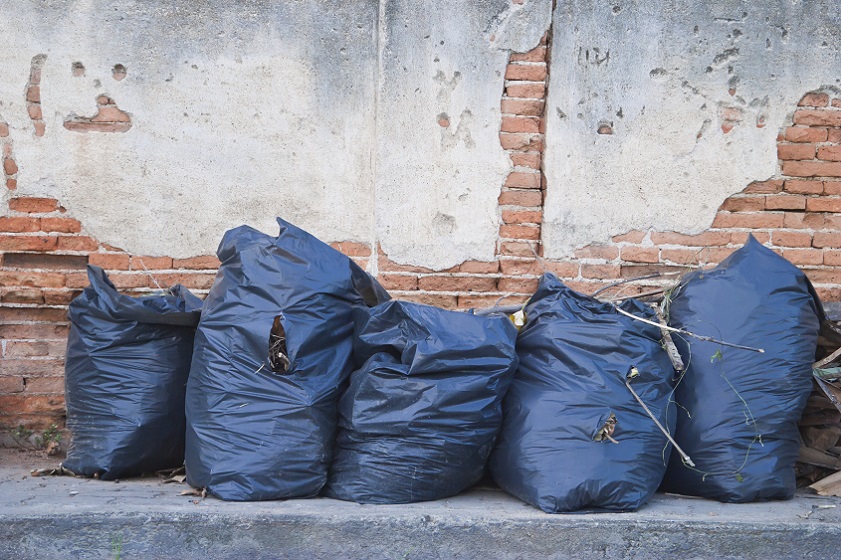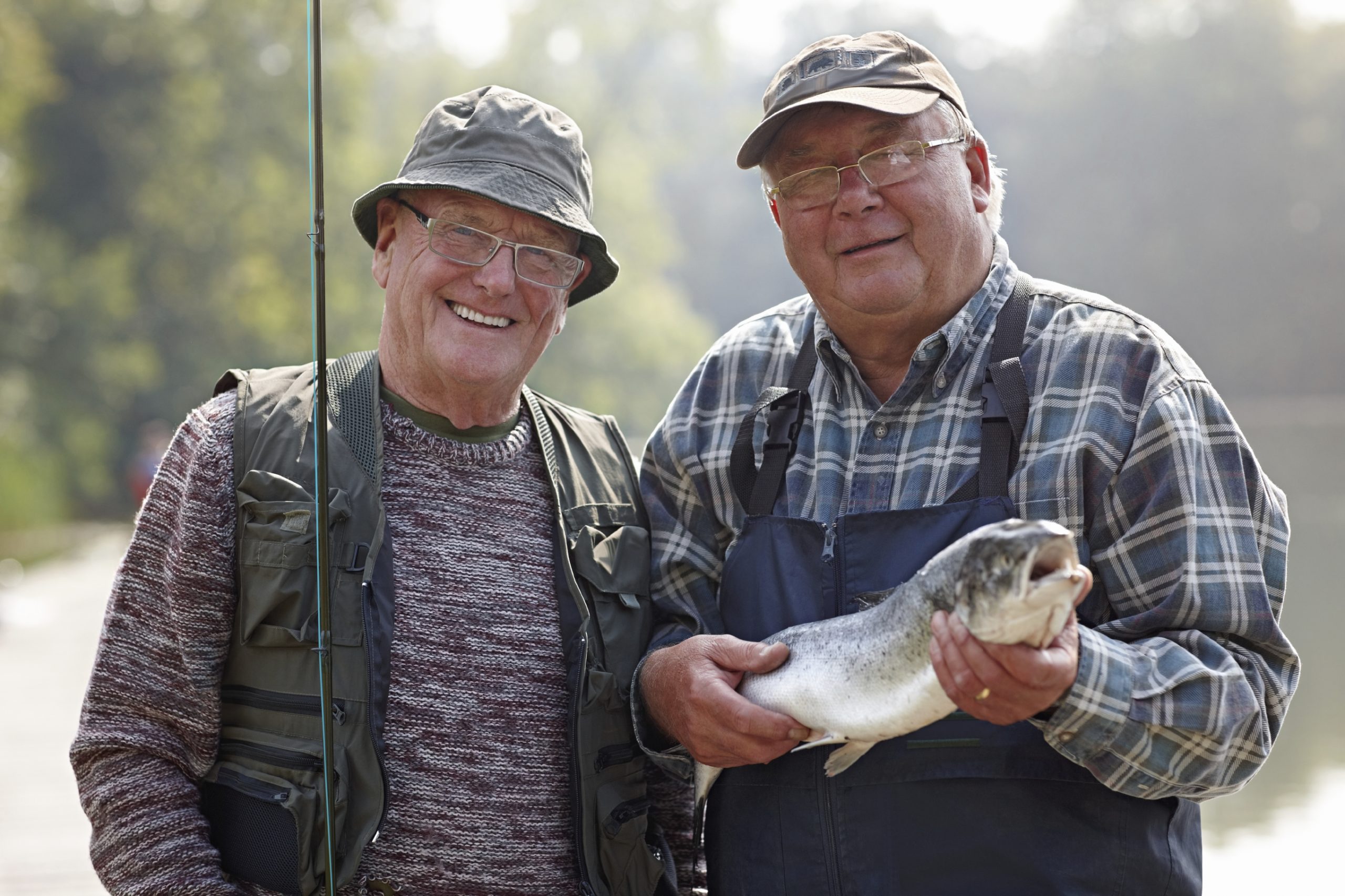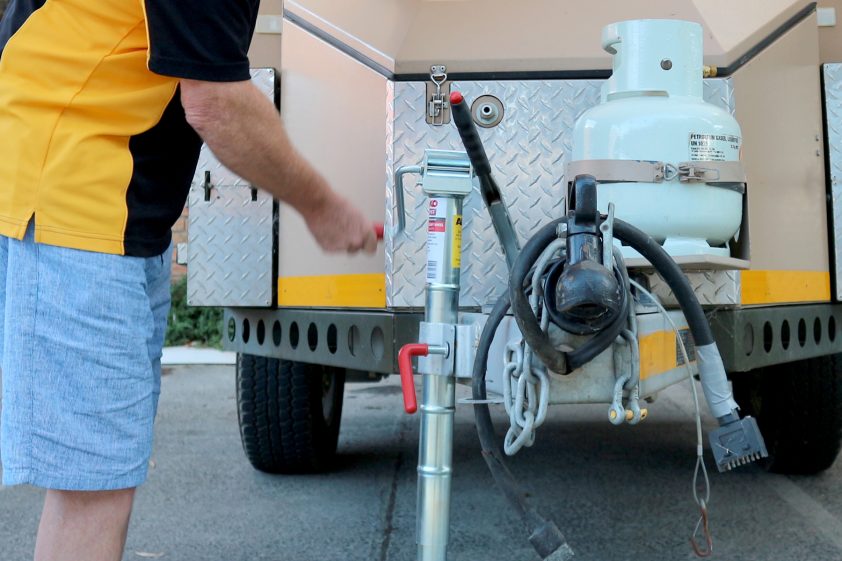Whether you’re removing an old fridge from a building site or taking grass clippings to the tip, there are a few things you need to think about when you’re transporting waste.
Weight and weight distribution
When you’re shifting dirt, construction rubbish or green waste, some of it can weigh a tonne –literally. If you’re moving heavy loads, observe your trailer’s aggregate trailer mass (ATM), which is the unladen weight of your trailer plus its maximum allowable payload.
With particularly heavy payloads, the mass should be distributed so that approximately 60 per cent of it falls ahead of the axle(s) and 40 per cent behind. It should also be positioned as close to the longitudinal centreline as possible, and heavy items should be placed as low to the tray as possible.
Load dimensions
The width and length of bulky payloads are subject to regulation, so it’s worth thinking about this if you’re transporting old wooden planks or large items of rubbish. A trailer’s contents cannot:
- Extend more than 1.2m over the rear of the trailer (WA only)
- Extend more than 150mm over the sides of the trailer or be more than 2.5m wide overall.
- Extend outside the ‘A-shape’ of the drawbar when extending over the front of the trailer.
- Obscure the numberplate or any lights and reflectors.
In states other than WA, where your load projects more than 1.2m beyond the rear of the trailer, you are required to attach a flag to the very end of the load. Check local laws as requirements on the colour and size of this flag vary by state. In Victoria and South Australia, a red light is required at night.
Securing the load
Different types of waste have different securing requirements:
- Particulate matter. This can include grass, sand, dirt and shingle. These loads must be completely secured with a tarpaulin, and dusty loads can be further restrained by wetting down the surface and/or weighting the tarp with lengths of timber. If timber is used, it must be securely tied down.
- Heavy or bulky items. This can include whitegoods, furniture and larger bits of construction waste. Make sure you distribute the weight carefully, and place heavier items as low on the tray as possible. Try to use ratchet straps instead of ropes for this type of payload.
- Mixed payload. This can include a combination of hard waste such as branches, concrete, timber and assorted household items, as well as particulate matter such as leaves, dirt and unused concrete mix. These payloads need to be adequately tied down as well as covered with a tarpaulin. You should also be mindful that many refuse centres require waste to be separated, so it saves time if you sort this as you’re loading up.
Transporting waste can be a tiring and messy job, but with a few precautions it can at least be safe and hassle-free.
Here’s a look at the biggest mistakes people make when towing a trailer.




